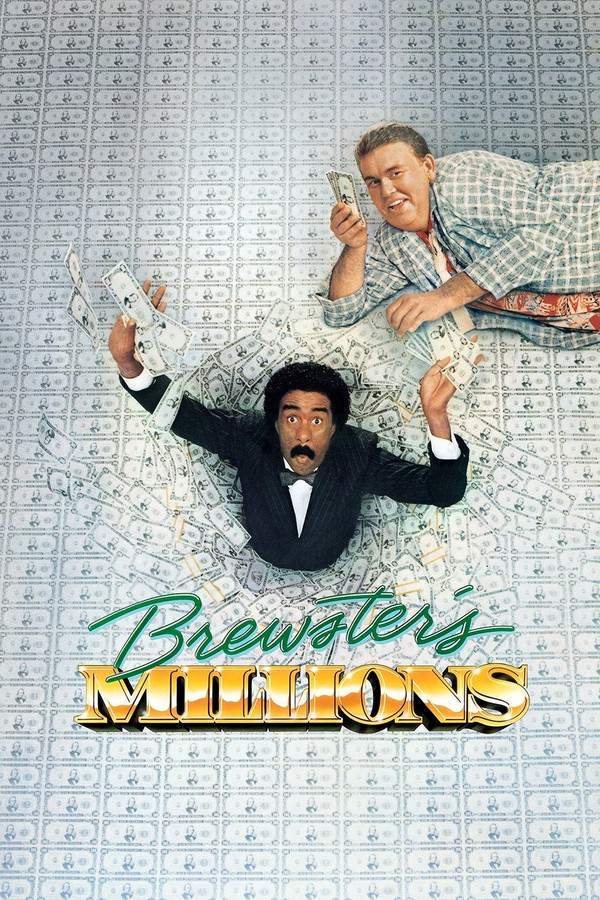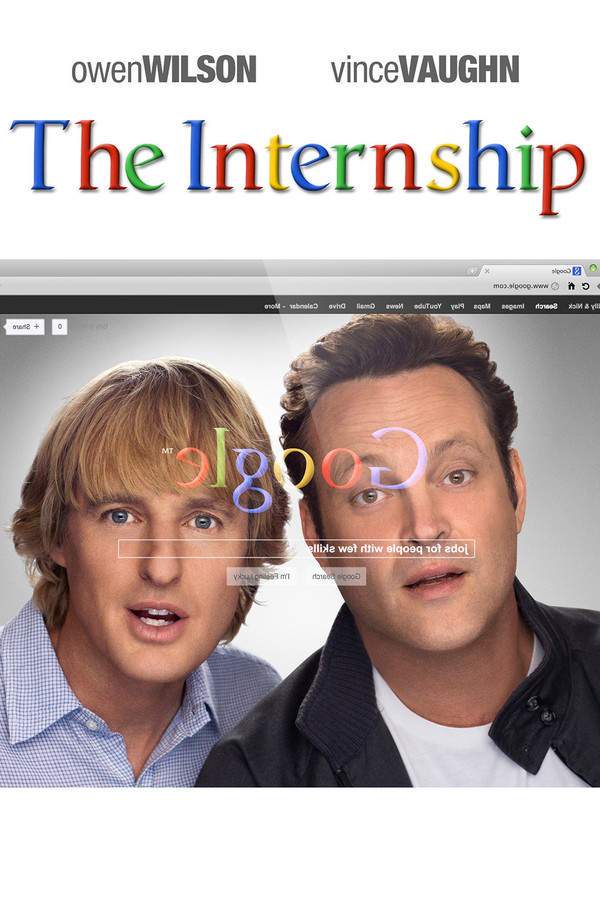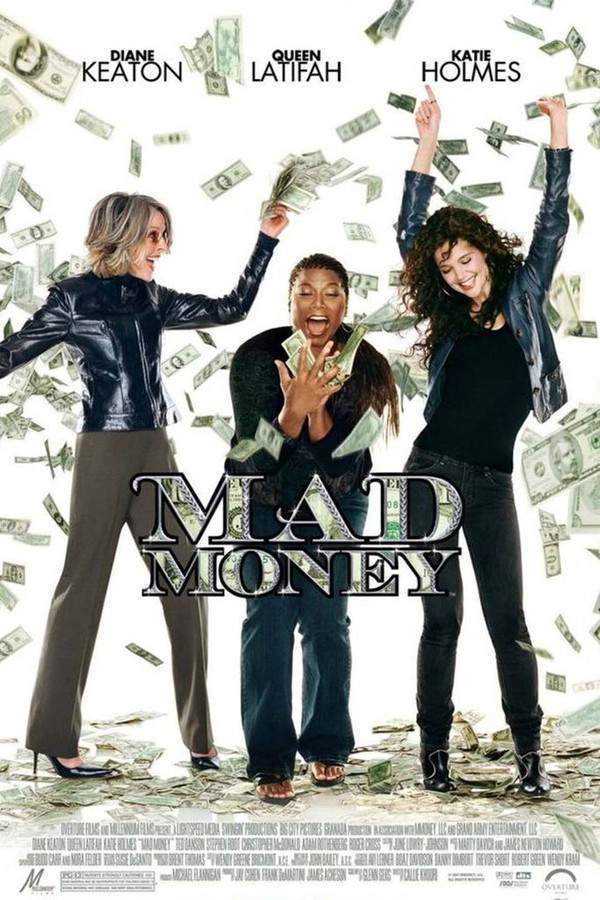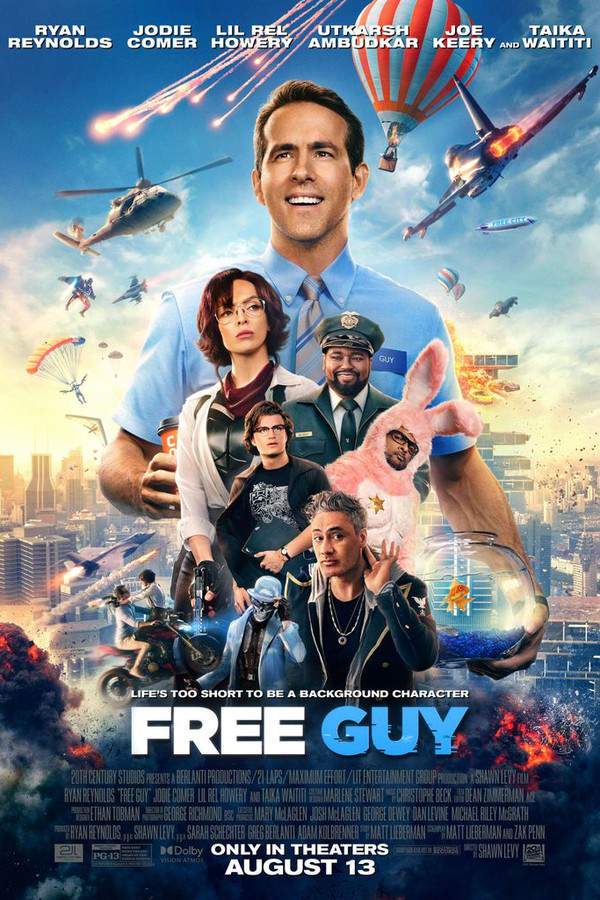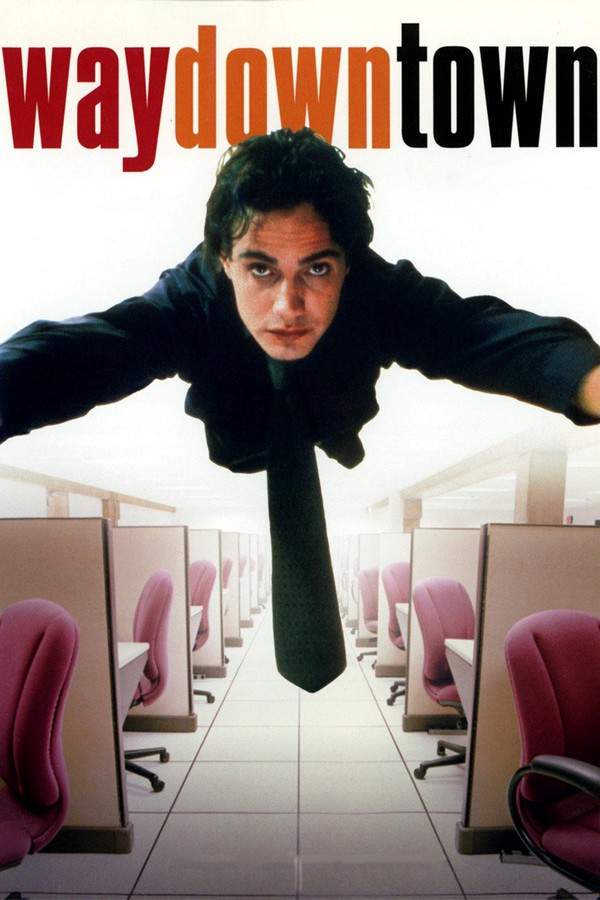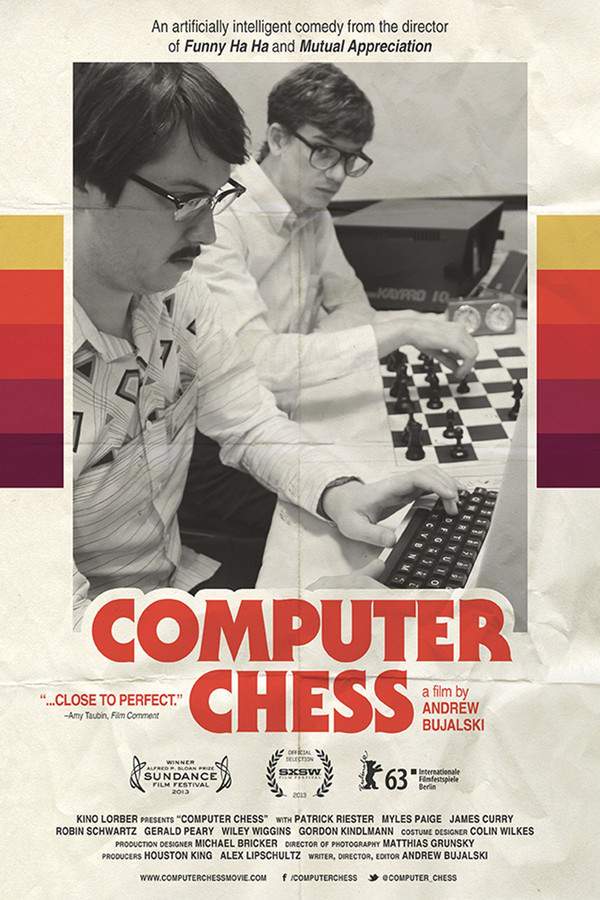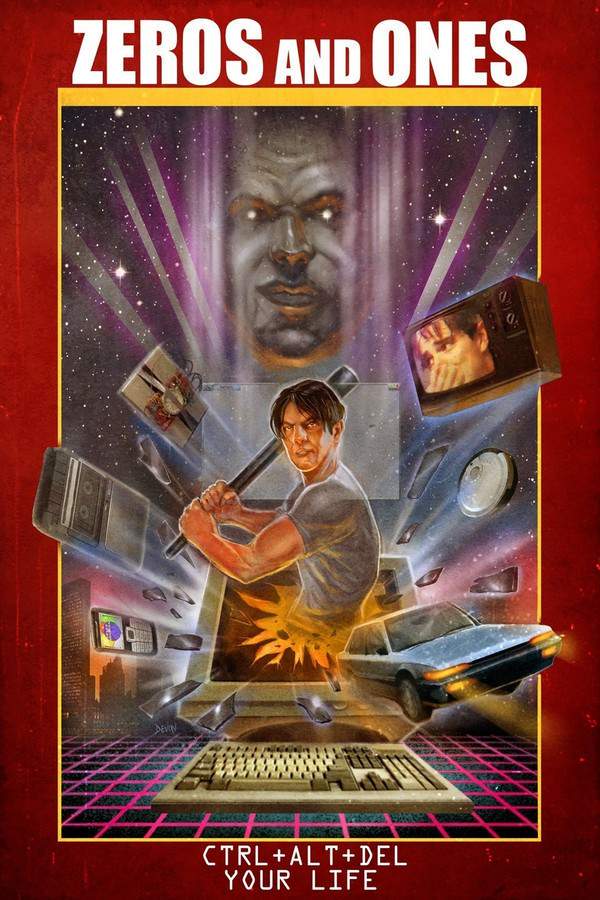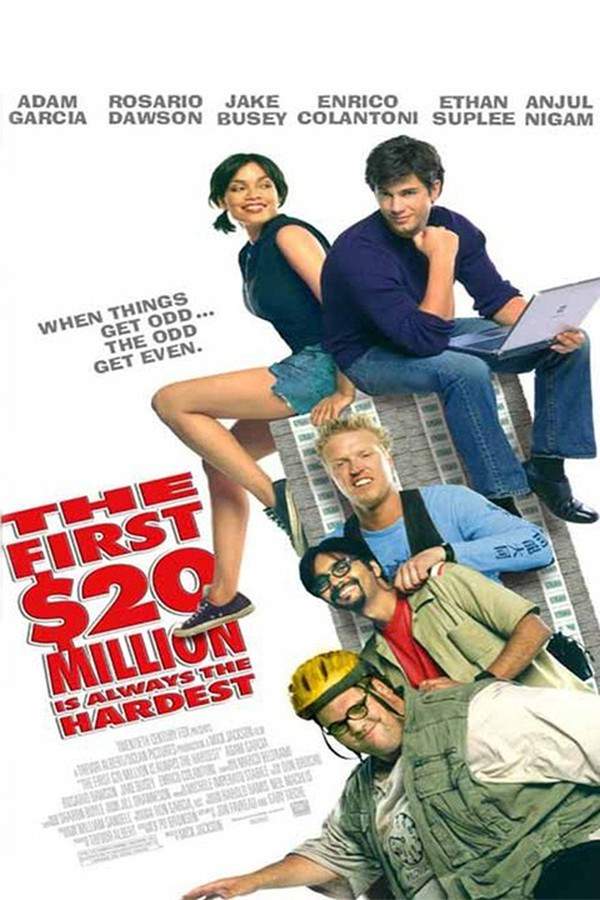
The First $20 Million Is Always the Hardest
Year: 2002
Runtime: 105 min
Language: english
Director: Mick Jackson
A high-strung marketing executive leaves his demanding career to embrace a more creative path, exchanging corporate suits for coding. He joins a forward-thinking company where his unconventional methods initially clash with the brilliant but critical team leader. Instead, he's partnered with a group of quirky and resourceful innovators. Together, they channel their unique perspectives and imaginative problem-solving to develop a groundbreaking solution with the potential to revolutionize the industry.
Warning: spoilers below!
Haven’t seen The First $20 Million Is Always the Hardest yet? This summary contains major spoilers. Bookmark the page, watch the movie, and come back for the full breakdown. If you're ready, scroll on and relive the story!
The First $20 Million Is Always the Hardest (2002) – Full Plot Summary & Ending Explained
Read the complete plot breakdown of The First $20 Million Is Always the Hardest (2002), including all key story events, major twists, and the ending explained in detail. Discover what really happened—and what it all means.
Andy Kasper’s growing disillusionment with his marketing career leads him on a quest for deeper meaning at the LaHonda Research Institute. Here, he is charged with spearheading the development of the PC99, a groundbreaking computer priced at just $99. As he makes his way through the dilapidated apartment building he calls home, Andy encounters Alisa, an alluring artist whose mysterious presence captivates him. Alongside this newfound inspiration, he gathers an unconventional group of colleagues: Salman Fard, a small yet highly skilled hacker; Curtis “Tiny” Russell, a gentle giant grappling with anthropophobia; and Darrell, an imposing figure struggling with personal space issues and a germaphobic nature.
As this quirky team sets out to create the PC99, they face a multitude of hurdles. Their initial goal is to strip the computer down to its essence by removing non-essential parts, but the reality of cost reduction soon calls for bolder tactics. Salman’s groundbreaking idea to deliver software via the internet ignites a spark, guiding the team toward a vision of a streamlined computer that only includes a microprocessor, monitor, mouse, keyboard, and internet access.
Unfortunately, the anticipated price of the PC99 remains too high. In search of a solution, Andy turns to his dreams for inspiration. He imagines a holographic projector taking the place of the monitor, a concept that resonates deeply with the team. Darrell’s proposal to swap traditional input devices for virtual reality gloves brings them even closer to their goal, and they find themselves on the brink of completion.
Just as success seems attainable, calamity strikes as LaHonda suddenly halts funding. Faced with this critical blow, the entire team decides to resign en masse, leaving Tiny alone to continue coding. In a surprising twist, they opt to sign non-exclusive patent waivers, allowing LaHonda to claim rights to any innovations developed during their time there.
When the team embarks on their marketing journey, they encounter a series of rejections from investors. Their prototype, named emagi (short for electronic magic), is criticized for its unattractive design, and they continually grapple with technical glitches during demonstrations. Nonetheless, driven by their shared passion for innovation, they remain undeterred, believing that even this motley crew can achieve something extraordinary.
As Alisa’s relationship with Andy develops further, she offers her artistic skills to enhance the emagi’s visual appeal, which ultimately leads to a successful pitch to the executive team. In an unexpected turn, they propose a groundbreaking deal: in exchange for manufacturing their product and repurchasing Andy’s former Porsche—which he reluctantly sold to fund the emagi’s development—Alisa is granted a substantial 51% stake in their venture. However, her choice to sell the patent rights to Francis Benoit triggers a series of events, as he plans to profit from the emagi’s launch by retailing it at an exorbitant price of $999 per unit.
As Benoit gears up to present his invention, the team disrupts the meeting with an even more revolutionary device—a compact silver tube designed to project holographic images while detecting hand movements using laser technology. This advancement renders virtual reality gloves outdated, representing a significant breakthrough in human-computer interaction. In that moment, Andy cleverly reminds Benoit of their original non-exclusive patent waiver, which he proposed—the quintessential reminder of the foundation of their collaboration.
Last Updated: November 19, 2024 at 16:44
Unlock the Full Story of The First $20 Million Is Always the Hardest
Don't stop at just watching — explore The First $20 Million Is Always the Hardest in full detail. From the complete plot summary and scene-by-scene timeline to character breakdowns, thematic analysis, and a deep dive into the ending — every page helps you truly understand what The First $20 Million Is Always the Hardest is all about. Plus, discover what's next after the movie.
The First $20 Million Is Always the Hardest Timeline
Track the full timeline of The First $20 Million Is Always the Hardest with every major event arranged chronologically. Perfect for decoding non-linear storytelling, flashbacks, or parallel narratives with a clear scene-by-scene breakdown.

Characters, Settings & Themes in The First $20 Million Is Always the Hardest
Discover the characters, locations, and core themes that shape The First $20 Million Is Always the Hardest. Get insights into symbolic elements, setting significance, and deeper narrative meaning — ideal for thematic analysis and movie breakdowns.

The First $20 Million Is Always the Hardest Spoiler-Free Summary
Get a quick, spoiler-free overview of The First $20 Million Is Always the Hardest that covers the main plot points and key details without revealing any major twists or spoilers. Perfect for those who want to know what to expect before diving in.

More About The First $20 Million Is Always the Hardest
Visit What's After the Movie to explore more about The First $20 Million Is Always the Hardest: box office results, cast and crew info, production details, post-credit scenes, and external links — all in one place for movie fans and researchers.

Similar Movies to The First $20 Million Is Always the Hardest
Discover movies like The First $20 Million Is Always the Hardest that share similar genres, themes, and storytelling elements. Whether you’re drawn to the atmosphere, character arcs, or plot structure, these curated recommendations will help you explore more films you’ll love.
Explore More About Movie The First $20 Million Is Always the Hardest
The First $20 Million Is Always the Hardest (2002) Scene-by-Scene Movie Timeline
The First $20 Million Is Always the Hardest (2002) Movie Characters, Themes & Settings
The First $20 Million Is Always the Hardest (2002) Spoiler-Free Summary & Key Flow
Movies Like The First $20 Million Is Always the Hardest – Similar Titles You’ll Enjoy
Brewster's Millions (1985) Ending Explained & Film Insights
Bankrolled (2021) Story Summary & Characters
Dumb Money (2023) Film Overview & Timeline
Funny Money (2007) Film Overview & Timeline
The Internship (2013) Detailed Story Recap
Everything's Gone Green (2007) Complete Plot Breakdown
21 (2008) Ending Explained & Film Insights
Mad Money (2008) Detailed Story Recap
Free Guy (2021) Ending Explained & Film Insights
Waydowntown (2002) Full Summary & Key Details
Computer Chess (2013) Story Summary & Characters
The Computer Wore Tennis Shoes (1969) Spoiler-Packed Plot Recap
0s & 1s (2011) Full Movie Breakdown
The American Astronaut (2001) Detailed Story Recap
Get Hard (2015) Full Movie Breakdown

